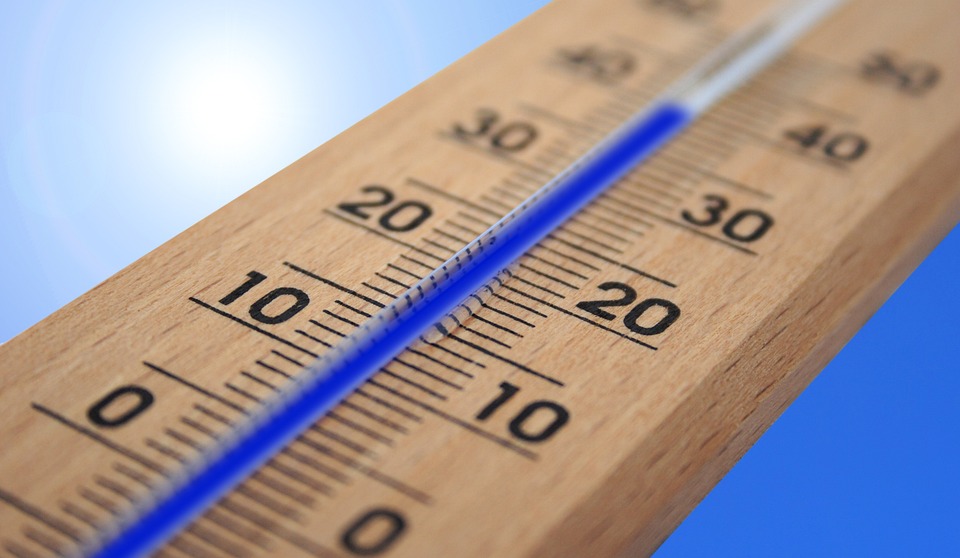What Is Global Warming Potential?
Global warming is primarily driven by greenhouse gases (GHGs) that trap heat in the Earth’s atmosphere, leading to increased global temperatures. The concept of Global Warming Potential (GWP) serves as a critical metric for comparing the impact of different greenhouse gases on global warming.
1. Definition of Global Warming Potential (GWP)
#
A. What GWP Measures
GWP quantifies how much heat a greenhouse gas traps in the atmosphere over a specific period, relative to carbon dioxide (CO₂), which is the baseline reference gas with a GWP of 1. This metric allows for a standardized comparison of the warming effects of various gases, facilitating climate policy and research efforts.
#
B. Importance of the Time Frame
GWP is typically assessed over different time frames, such as 20, 100, or 500 years, with the 100-year period being the most commonly used. The choice of time frame is crucial because gases have varying atmospheric lifetimes; for example, methane breaks down relatively quickly compared to CO₂, affecting its GWP depending on the selected period.
2. Factors Influencing GWP of Greenhouse Gases
#
A. Atmospheric Lifetime
The atmospheric lifetime of a gas significantly influences its GWP. For instance:
– Methane (CH₄) has a short atmospheric lifetime of about 12 years but is highly effective at trapping heat in the short term.
– Nitrous oxide (N₂O) persists for over 100 years, contributing to long-term warming.
#
B. Radiative Efficiency
Radiative efficiency measures how effectively a gas absorbs and re-emits infrared radiation. Gases like hydrofluorocarbons (HFCs) exhibit high radiative efficiency, resulting in much higher GWPs compared to CO₂.
3. Examples of Greenhouse Gases and Their GWPs
#
A. Carbon Dioxide (CO₂)
– GWP: 1 (reference gas).
– Role: The most abundant anthropogenic greenhouse gas, primarily emitted from fossil fuel combustion and deforestation.
#
B. Methane (CH₄)
– GWP (100-year): Approximately 28–36 times that of CO₂.
– Sources: Emitted from agriculture (livestock), landfills, and fossil fuel extraction.
– Characteristics: Has a strong warming effect in the short term with a GWP up to 84 times that of CO₂ over a 20-year period.
#
C. Nitrous Oxide (N₂O)
– GWP (100-year): Around 298 times that of CO₂.
– Sources: Primarily from agricultural activities, especially fertilizer use, as well as industrial processes and vehicle emissions.
#
D. Hydrofluorocarbons (HFCs)
– GWP: Ranges from 1,000 to over 12,000 times that of CO₂, depending on the specific compound.
– Sources: Commonly used as refrigerants and solvents.
– Characteristics: Despite their short atmospheric lifespans, HFCs have very high GWPs.
4. Why GWP is Important in Climate Policy
#
A. Policy and Regulation
GWP informs policymakers about which gases to prioritize for emission reductions. For example, the Kigali Amendment aims to phase out HFCs due to their high GWPs.
#
B. Carbon Footprint and Offsetting
Individuals and organizations use GWP to calculate their carbon footprints by considering both CO₂ and other GHGs. Carbon offset programs also utilize GWP to measure the impact of activities aimed at compensating for emissions.
5. Limitations and Criticisms of GWP
#
A. Time Frame Sensitivity
The choice of time frame can significantly alter GWP values, potentially influencing policy decisions based on varying impacts over different periods.
#
B. Focus on Individual Gases
GWP does not account for interactions between gases or their cumulative impacts; therefore, it should be used alongside other climate metrics for a comprehensive understanding.
FAQs
– Why is GWP measured over 100 years?
The 100-year period provides a balance between short-term and long-term impacts of greenhouse gases.
– How does methane compare to CO₂ in terms of GWP?
Methane has a much higher GWP than CO₂, indicating it traps significantly more heat over both short and long periods.
– What are the limitations of using GWP?
GWP may oversimplify complex interactions among gases and does not fully capture cumulative effects over time.
– How do GWPs impact climate policy?
GWPs guide decisions on which gases to target for emission reductions based on their relative warming potentials.
– Can GWP change over time with new data?
Yes, GWP values are periodically updated as scientific understanding evolves.
Conclusion
Global Warming Potential is an essential metric for comparing the warming impacts of different greenhouse gases relative to carbon dioxide. Understanding GWP aids in guiding climate policy and emission reduction strategies critical for mitigating global warming effects. By recognizing the significance of GWP in climate discussions, stakeholders can make informed decisions that contribute to effective climate change mitigation efforts.

Kyle Whyte is a notable scholar and professor at the University of Michigan, holding positions such as the George Willis Pack Professor in the School for Environment and Sustainability and Professor of Philosophy. Specializing in environmental justice, his work critically examines climate policy and Indigenous peoples’ ethics, emphasizing the nexus between cooperative scientific endeavors and Indigenous justice. As an enrolled Citizen Potawatomi Nation member, he brings a vital perspective to his roles as a U.S. Science Envoy and member of the White House Environmental Justice Advisory Council. His influential research is supported by various prestigious organizations including the National Science Foundation, and disseminated through publications in high-impact journals. Kyle actively contributes to global Indigenous research methodologies and education, with affiliations to numerous institutes and societies dedicated to traditional knowledge and sustainability. Recognized for his academic and community engagement, Kyle has earned multiple awards and served in various visiting professorships. His efforts extend to leadership positions on boards and committees focused on environmental justice nationwide.
